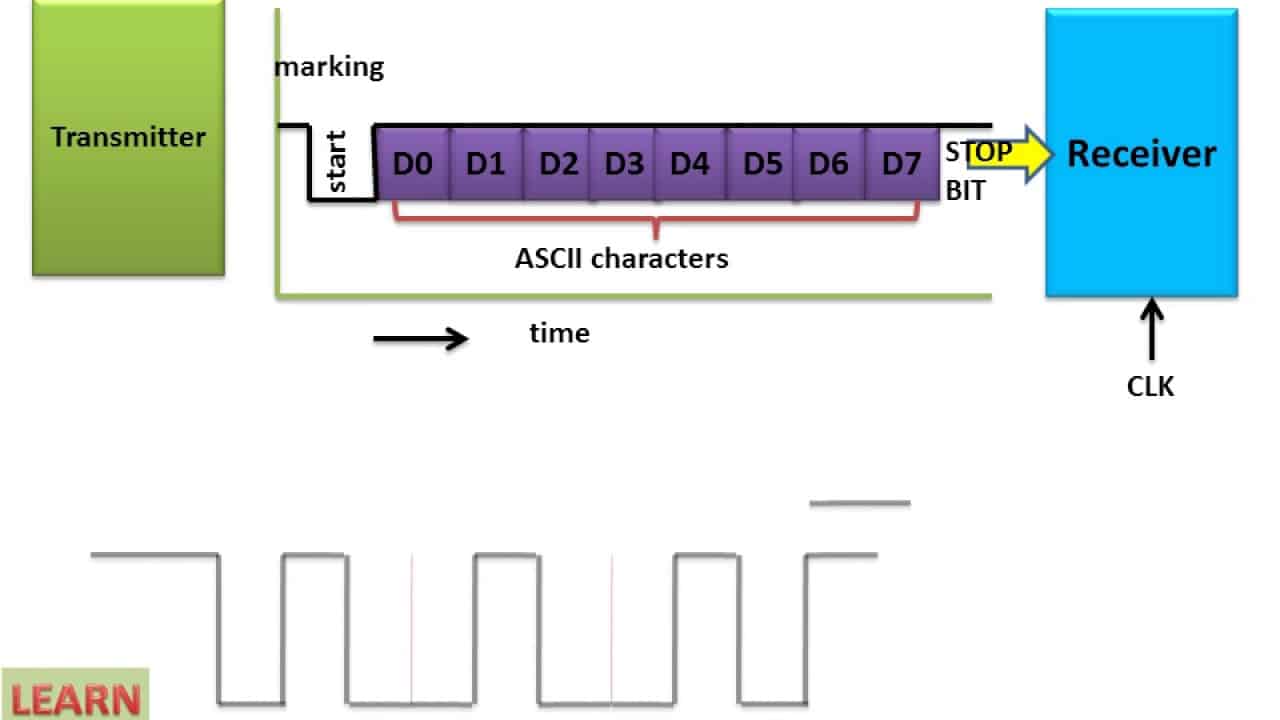Asynchronous data transmission is the process of transferring data in a specific format, over a communications channel, without the use of a common time reference. Asynchronous transmissions do not necessarily have a simple temporal relationship between the sender and receiver, and may be sent or received data in bursts or at different intervals. Unlike in synchronous transmissions, the timing of asynchronous transmission does not necessarily rely on the sender’s and receiver’s clocks.
Most asynchronous transmissions occur as two parts – the transmission signal, and the data being transmitted. The transmission signal is used to indicate when the data should be sent, while the data itself is what is actually sent.
Asynchronous transmission is often used for data transmission over telecommunication networks, such as the internet. It is attractive because the transmitters and receivers can operate at different speeds, and it is more economical and efficient both in terms of power, cost, and circuitry than synchronous transmissions.
Asynchronous transmission is also utilized in the Transmission Control Protocol/Internet Protocol (TCP/IP) model, which is the main foundation for data delivery over the internet. It governs how data is sent and received, and allows computers with varying speeds and operating systems to effectively communicate.
Asynchronous transmission is also used in many serial communication protocols, such as RS-232, USB, and infrared communication. It was largely used during the early development of the internet, before technological advances and demand for greater faster speeds resulted in higher bandwidth requirements.
Despite its advantages, asynchronous language can also have disadvantages. Asynchronous transmissions can result in delay, or introduce noise into the data stream. Asynchronous languages must also incorporate more complicated circuitry than synchronous transmission. No error-recovery mechanisms are available with asynchronous transmission protocols, and the data is not always guaranteed to be received correctly.
Overall, asynchronous data transmission is an effective method of data transmission, especially in situations where the transmitters and receivers are not clocked at the same time. Its status as a widely-used software and hardware technology will ensure it remains important for years to come.






